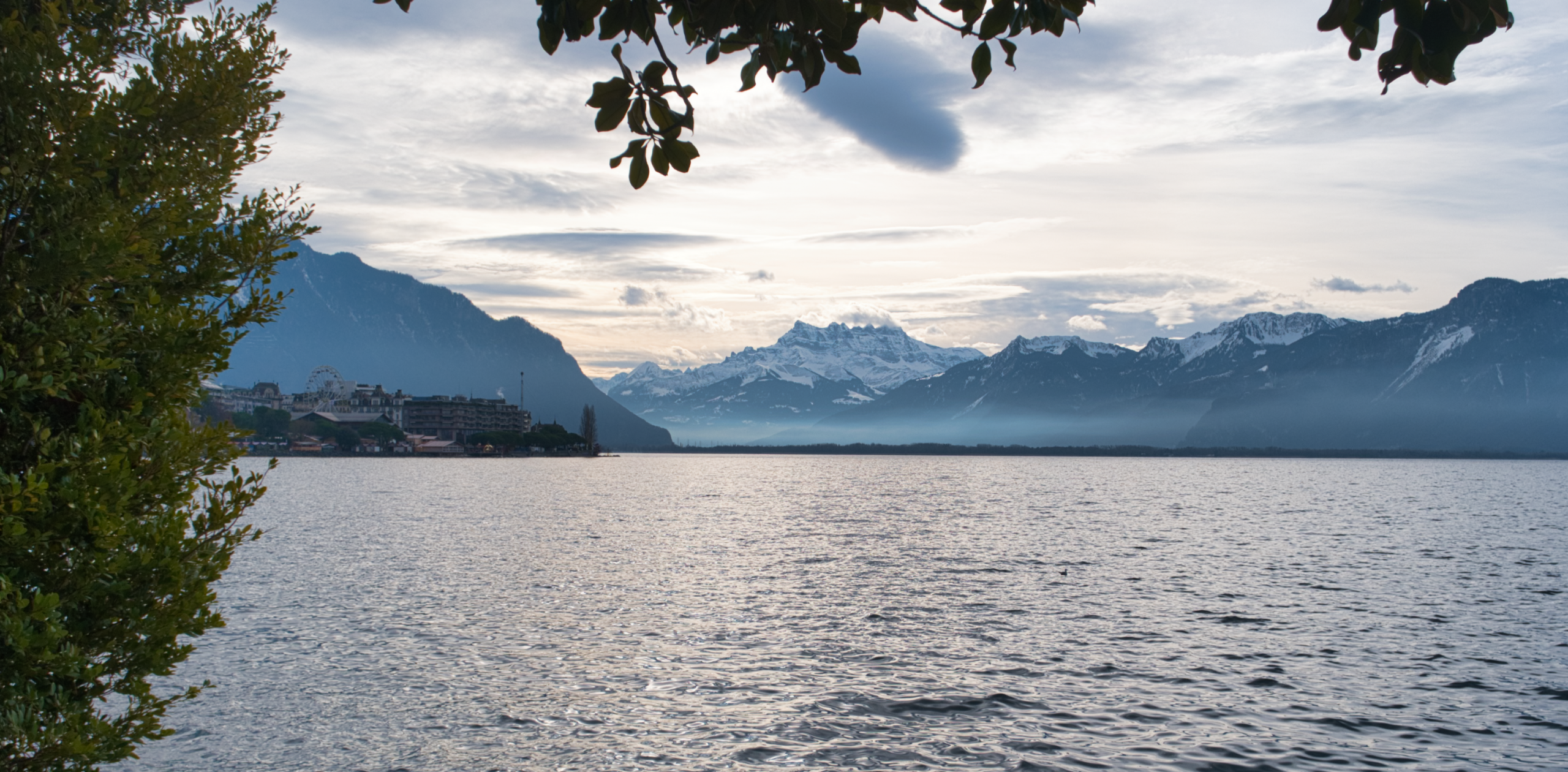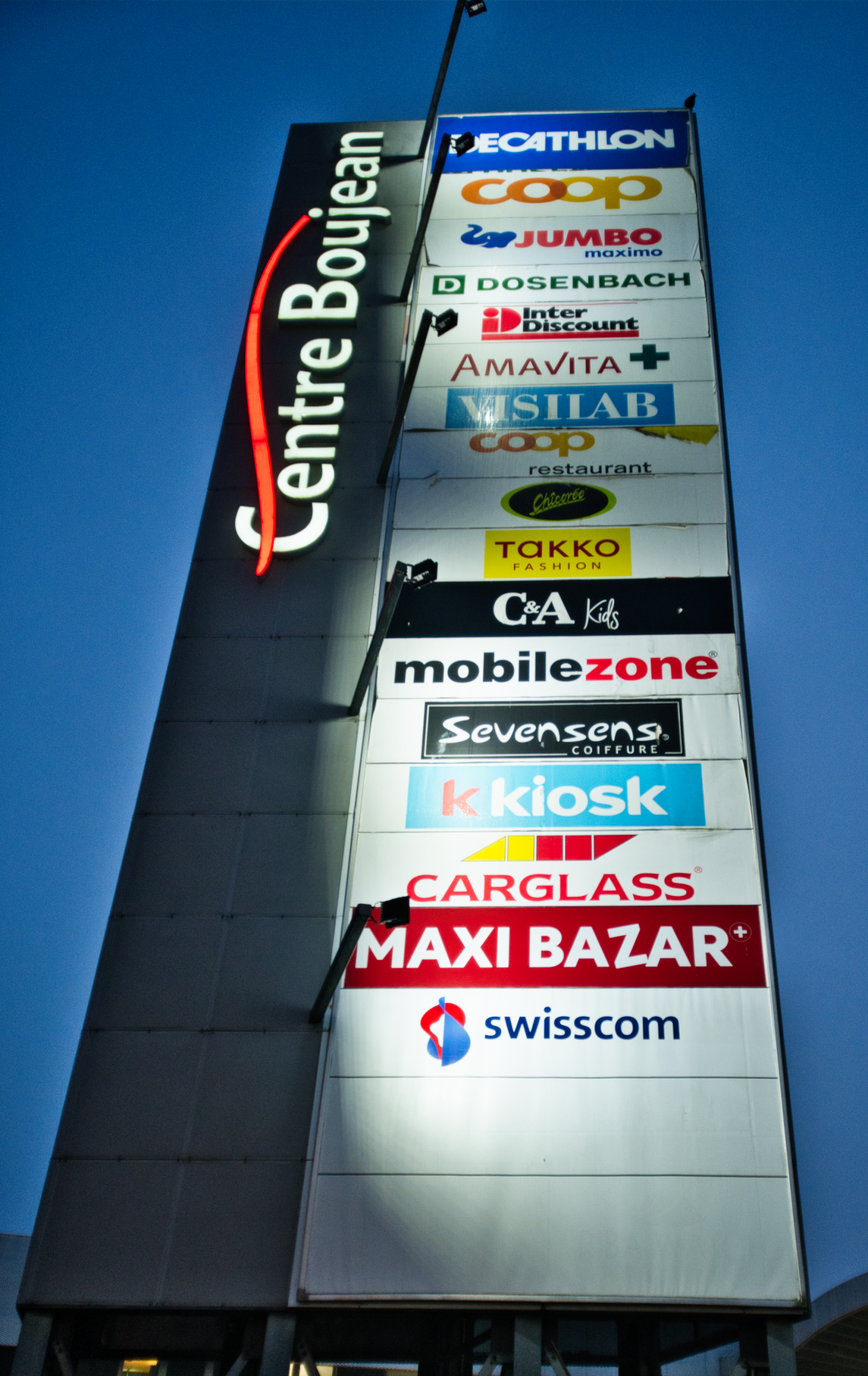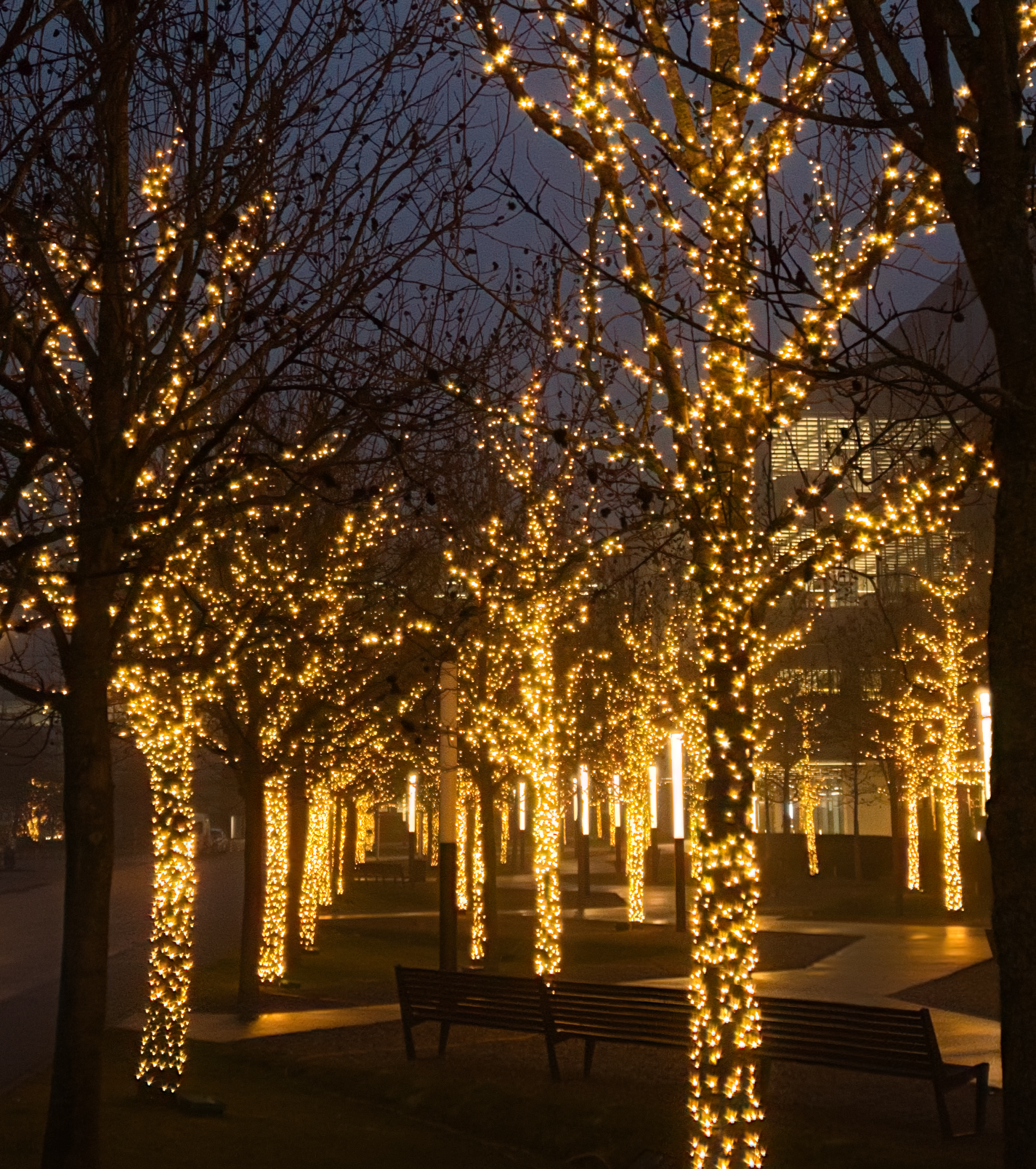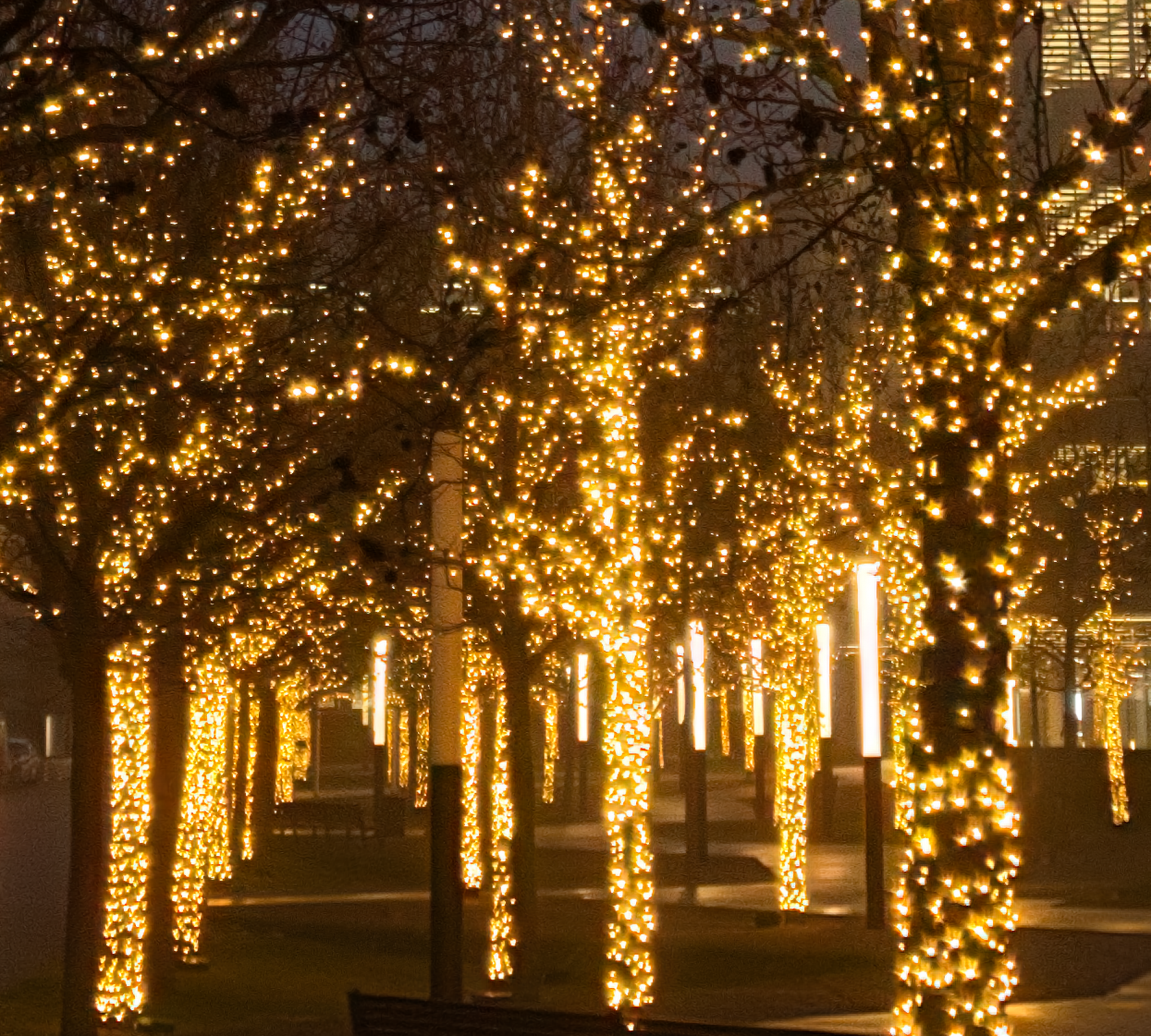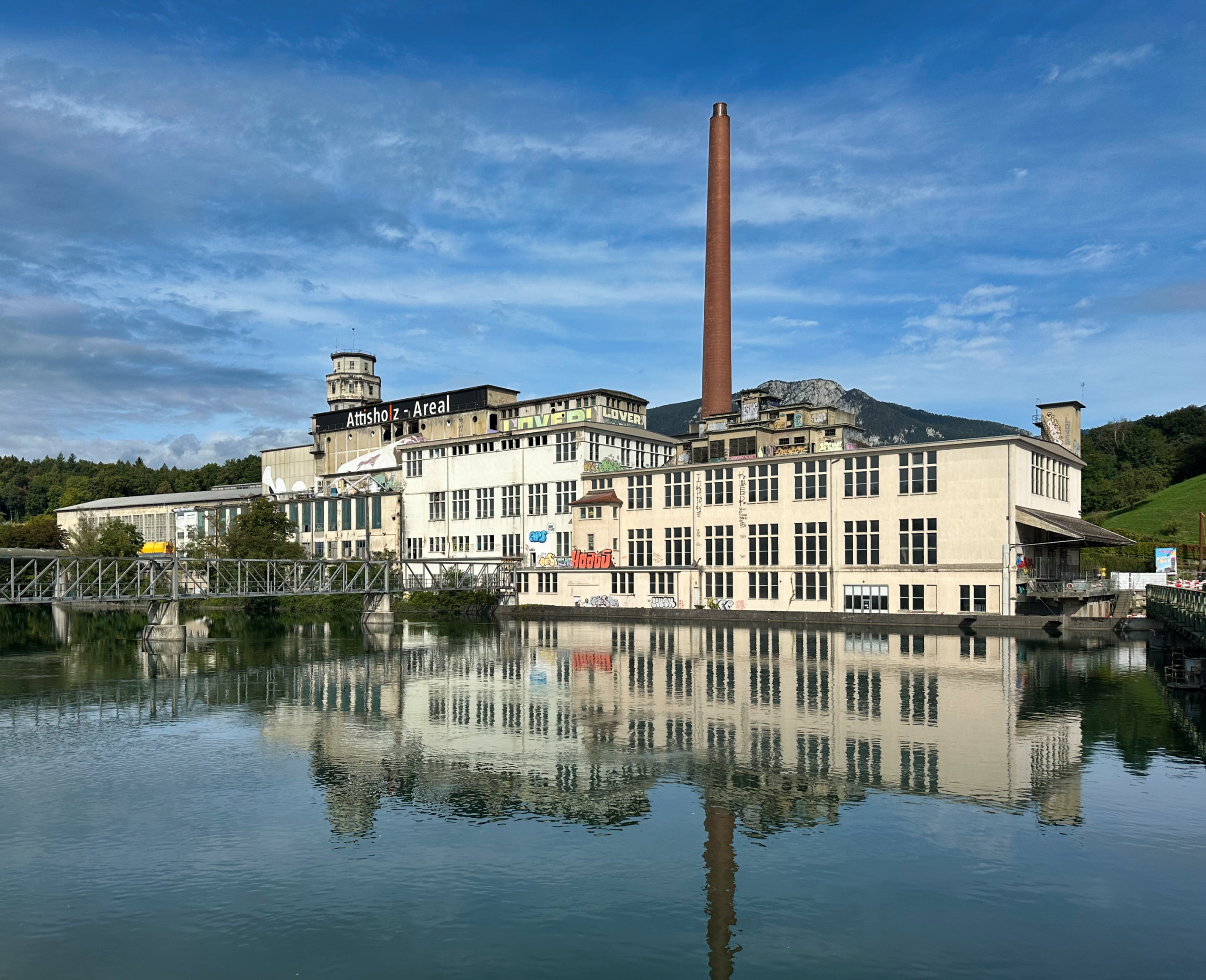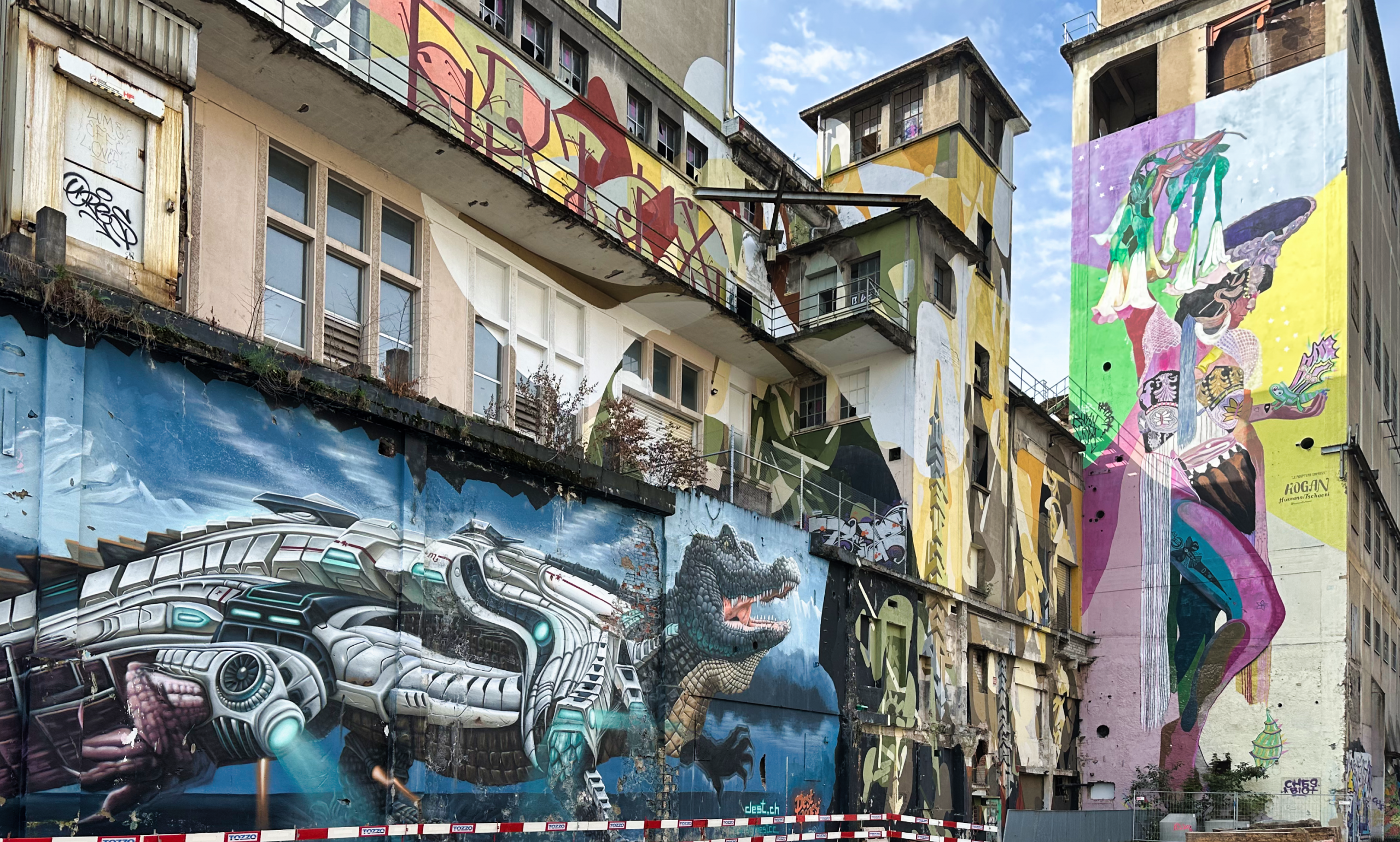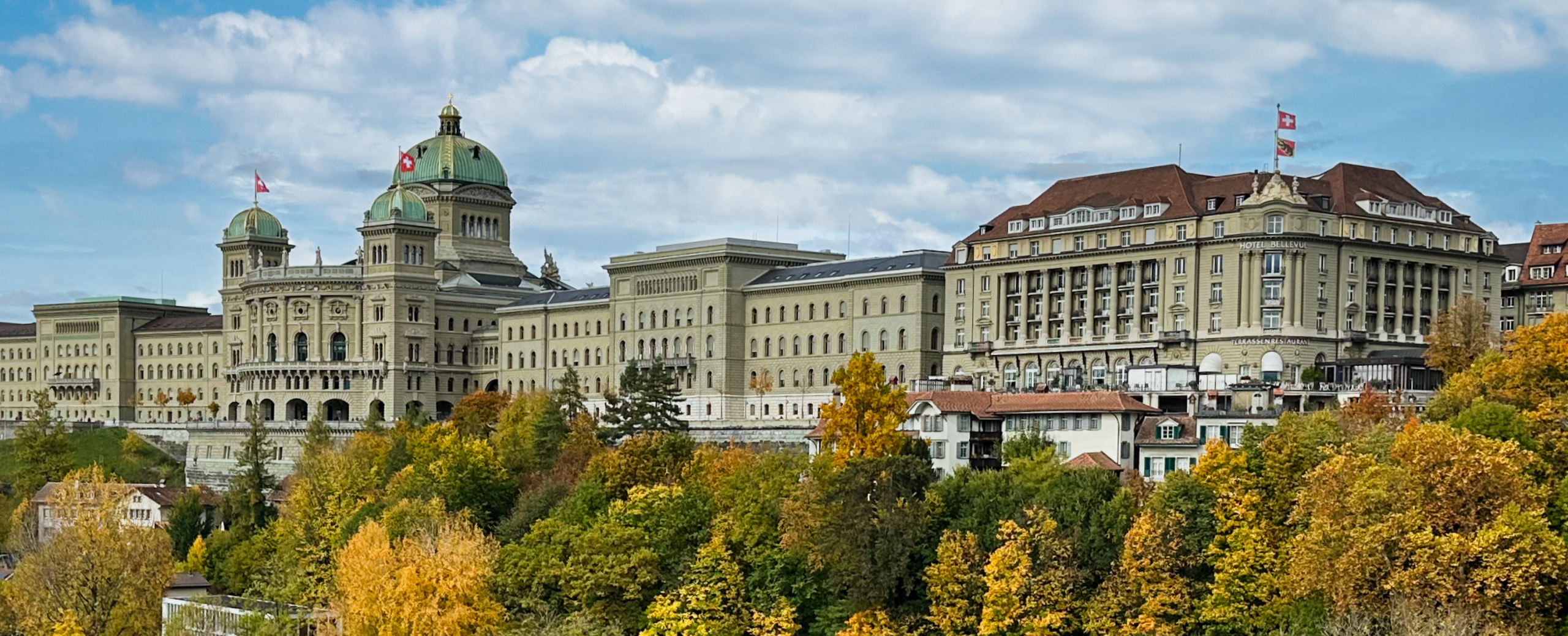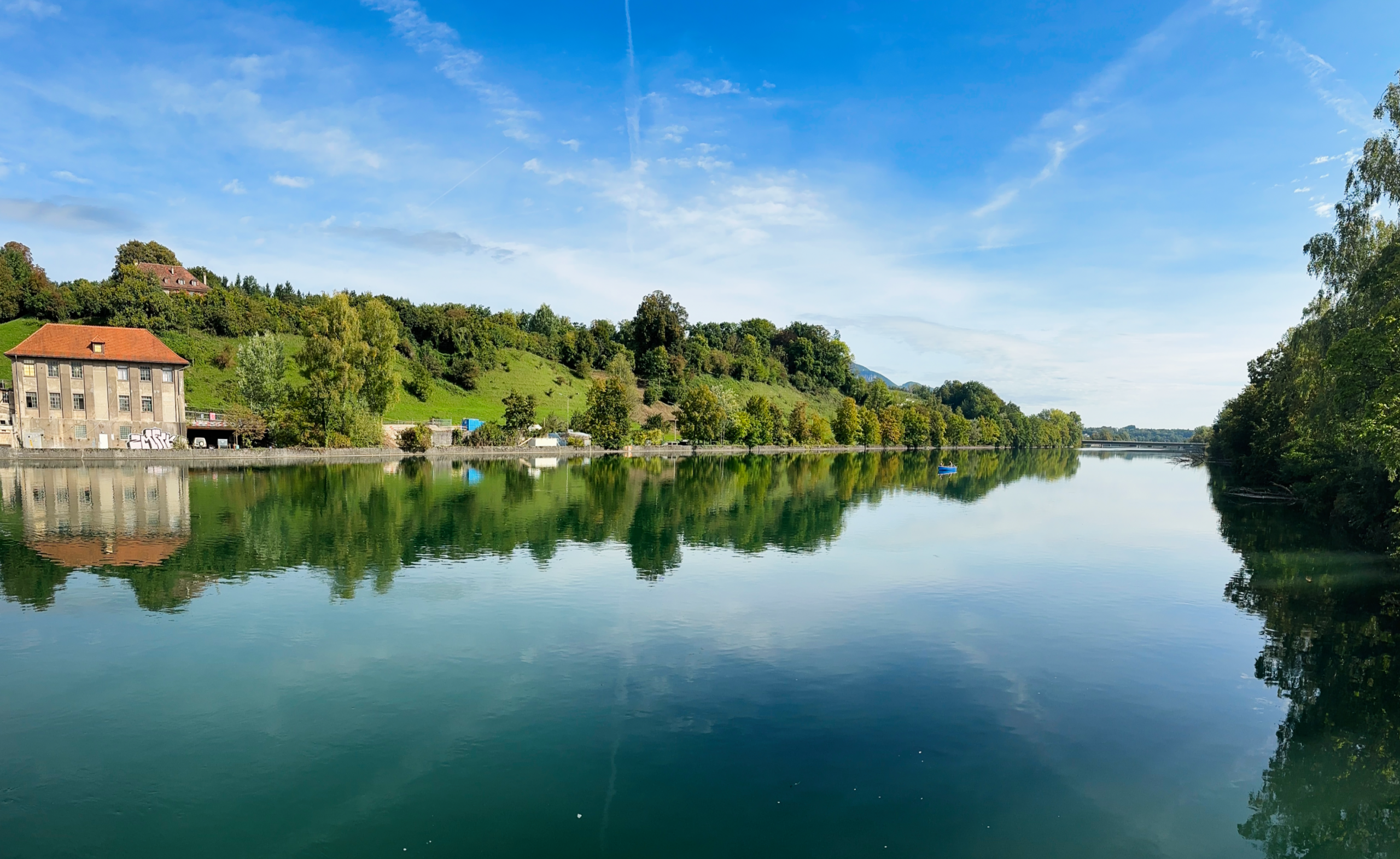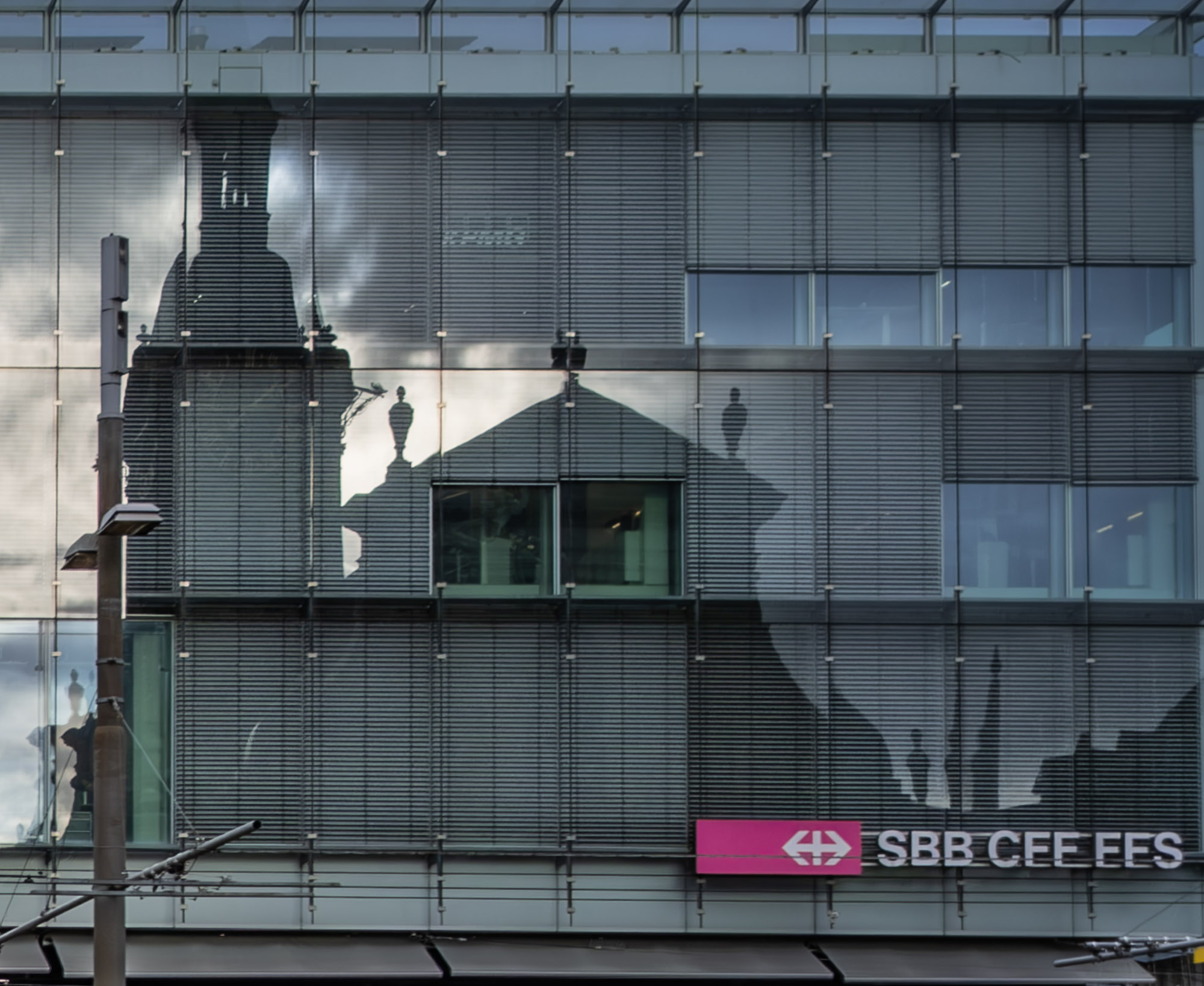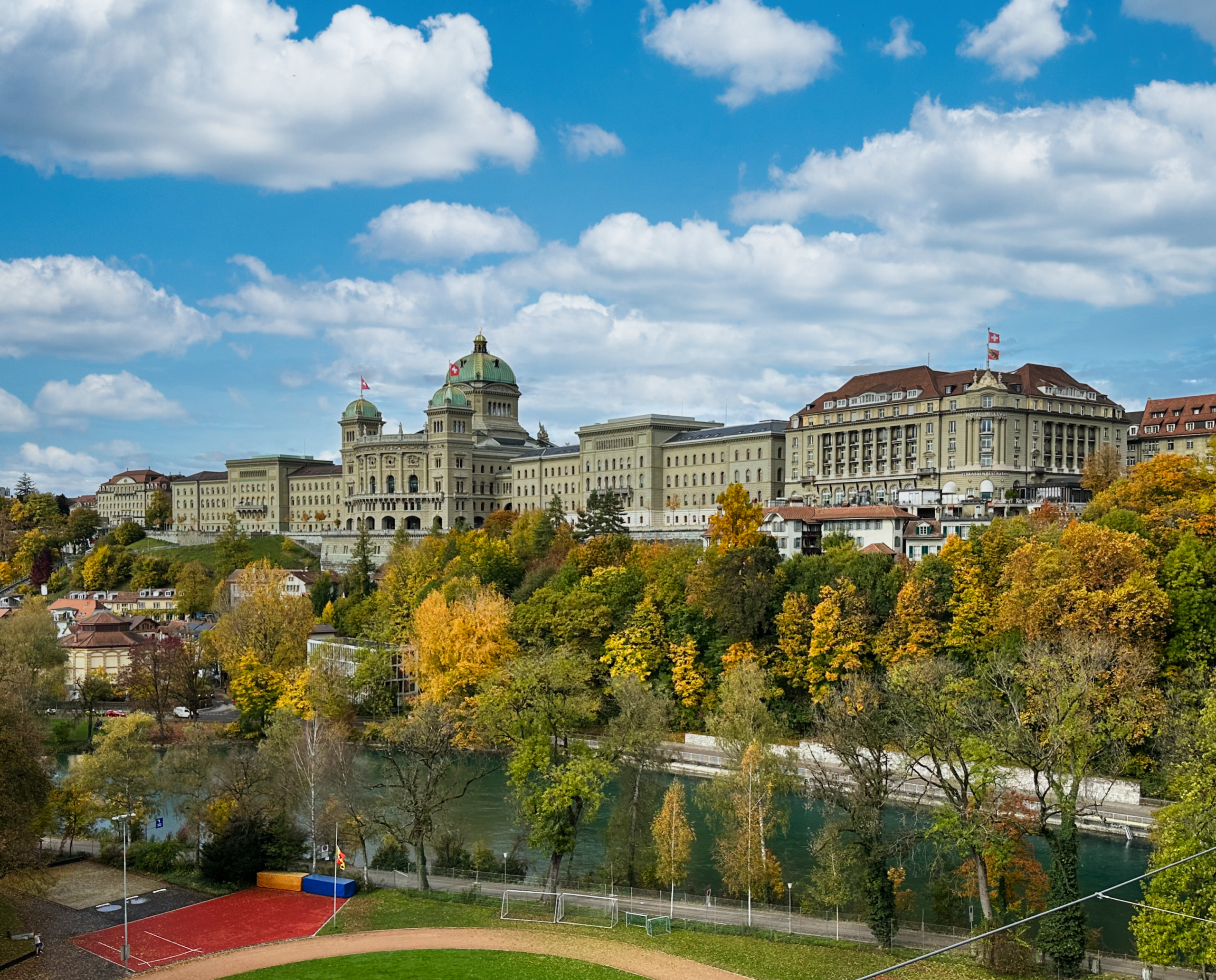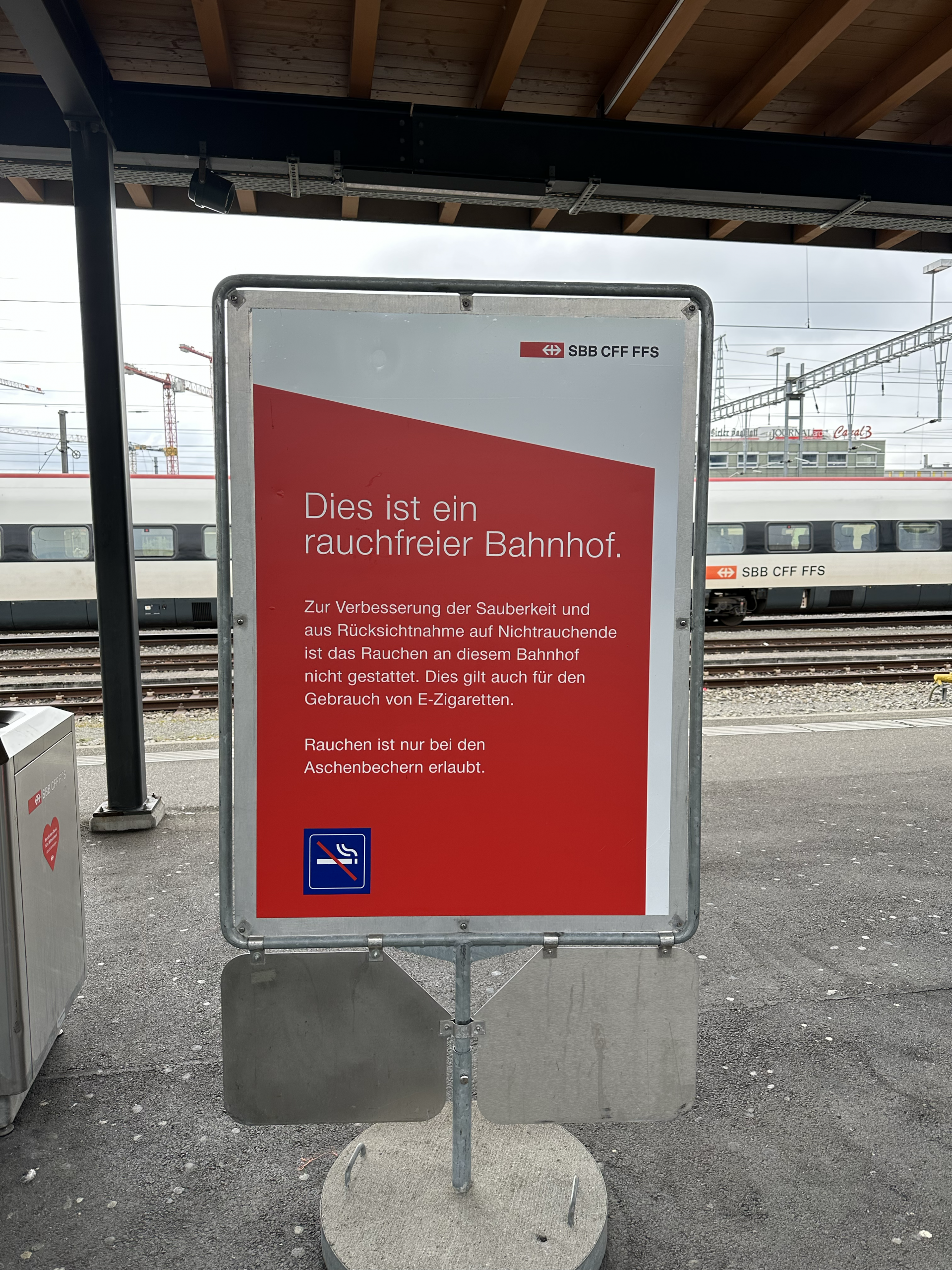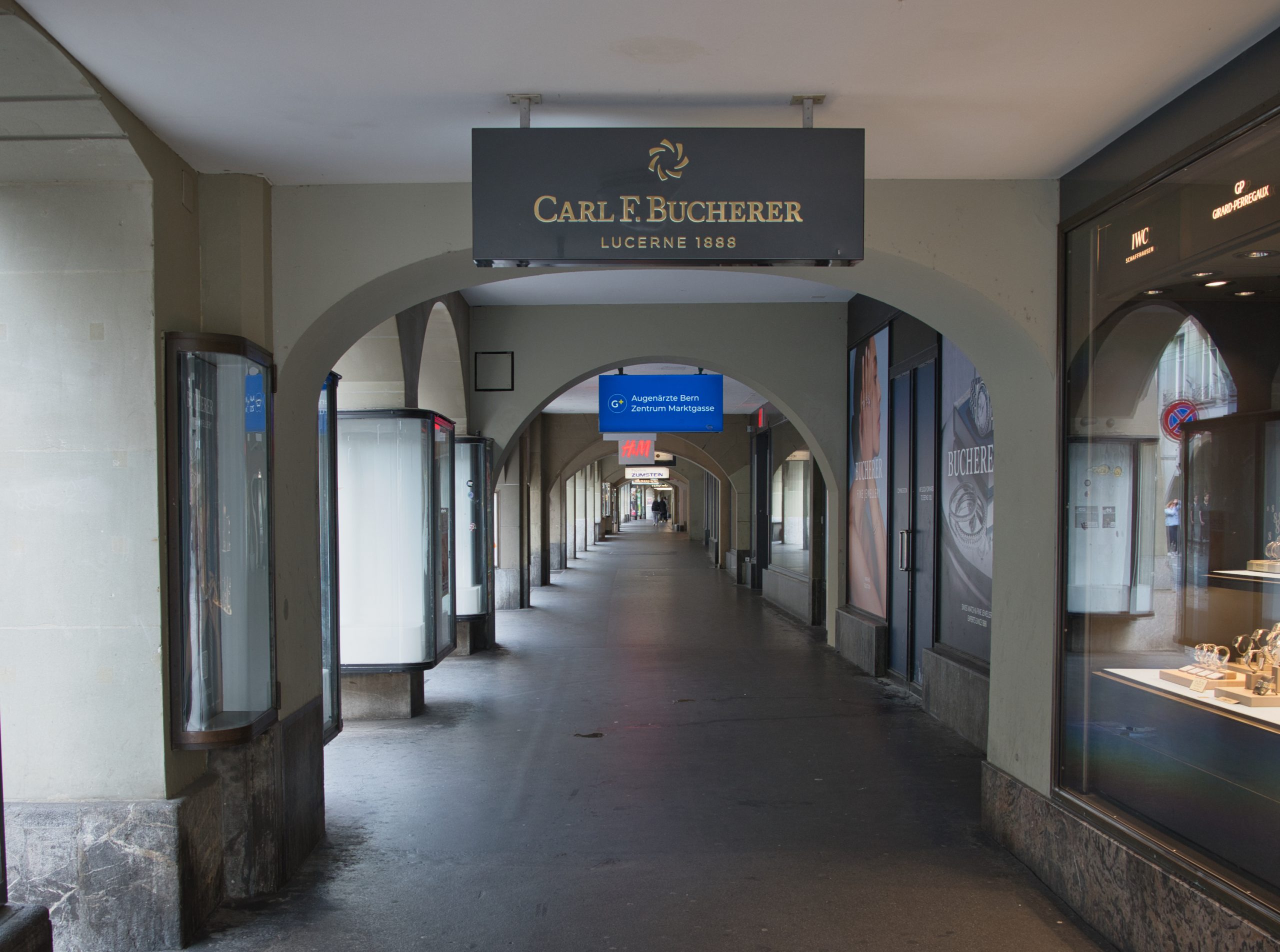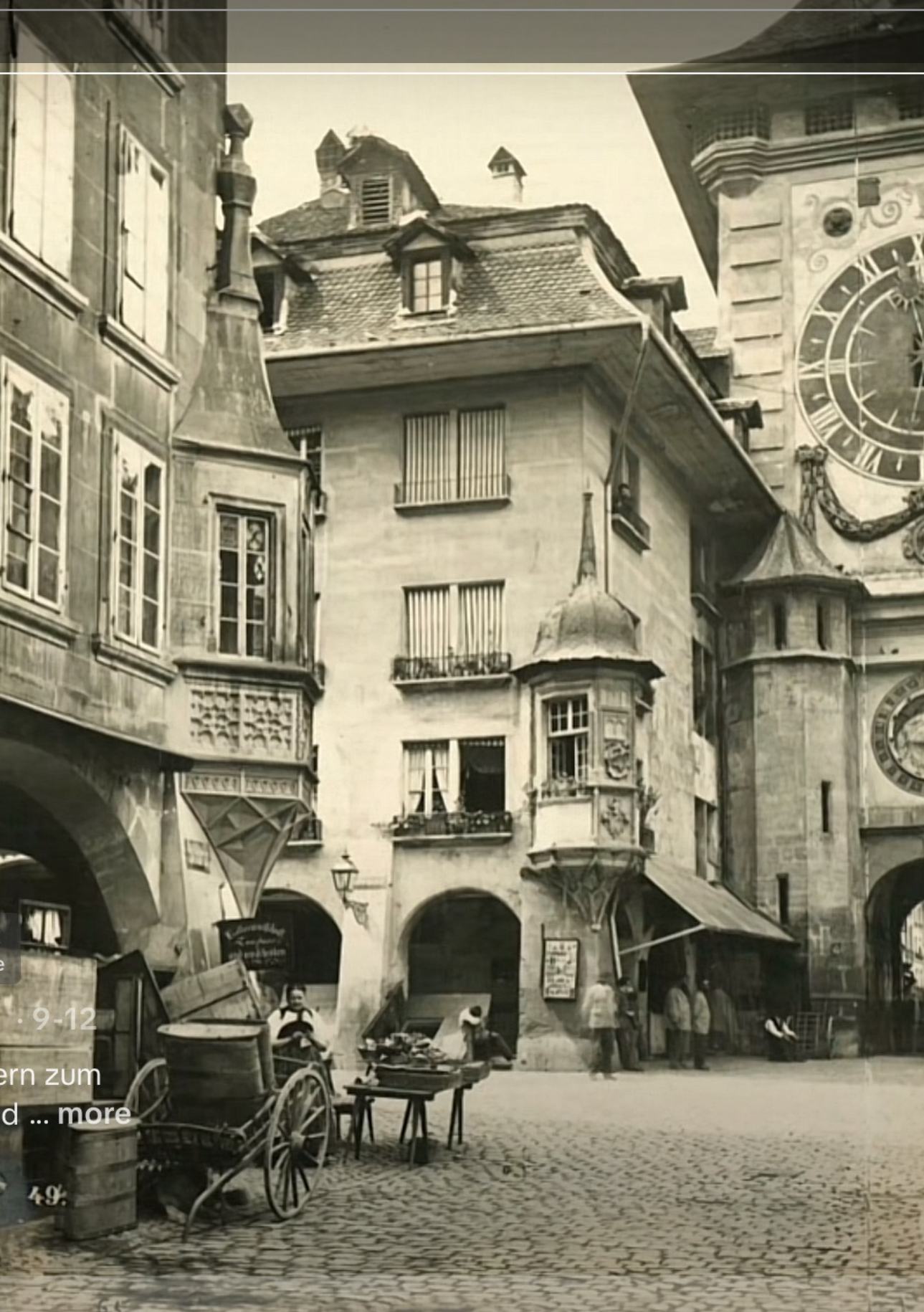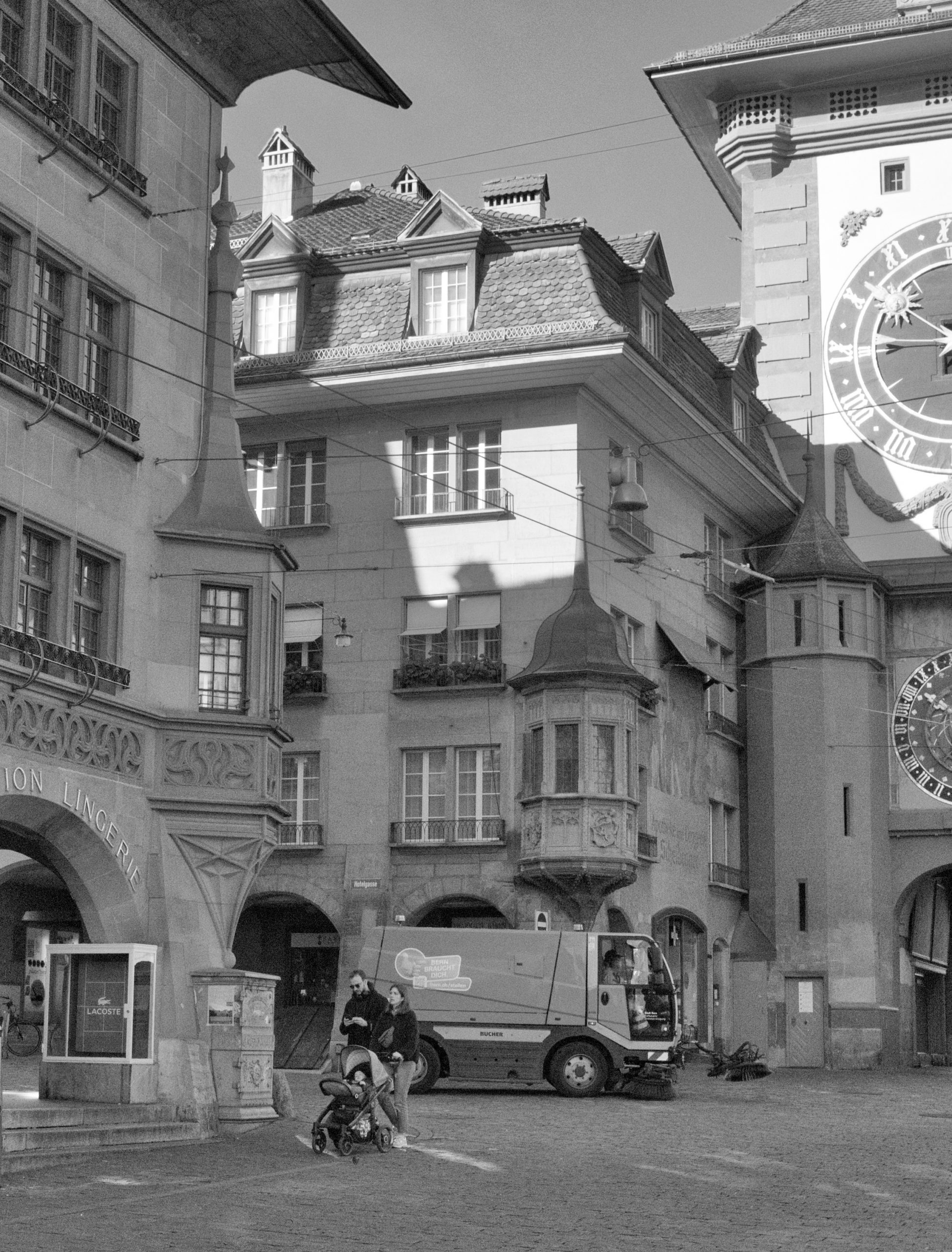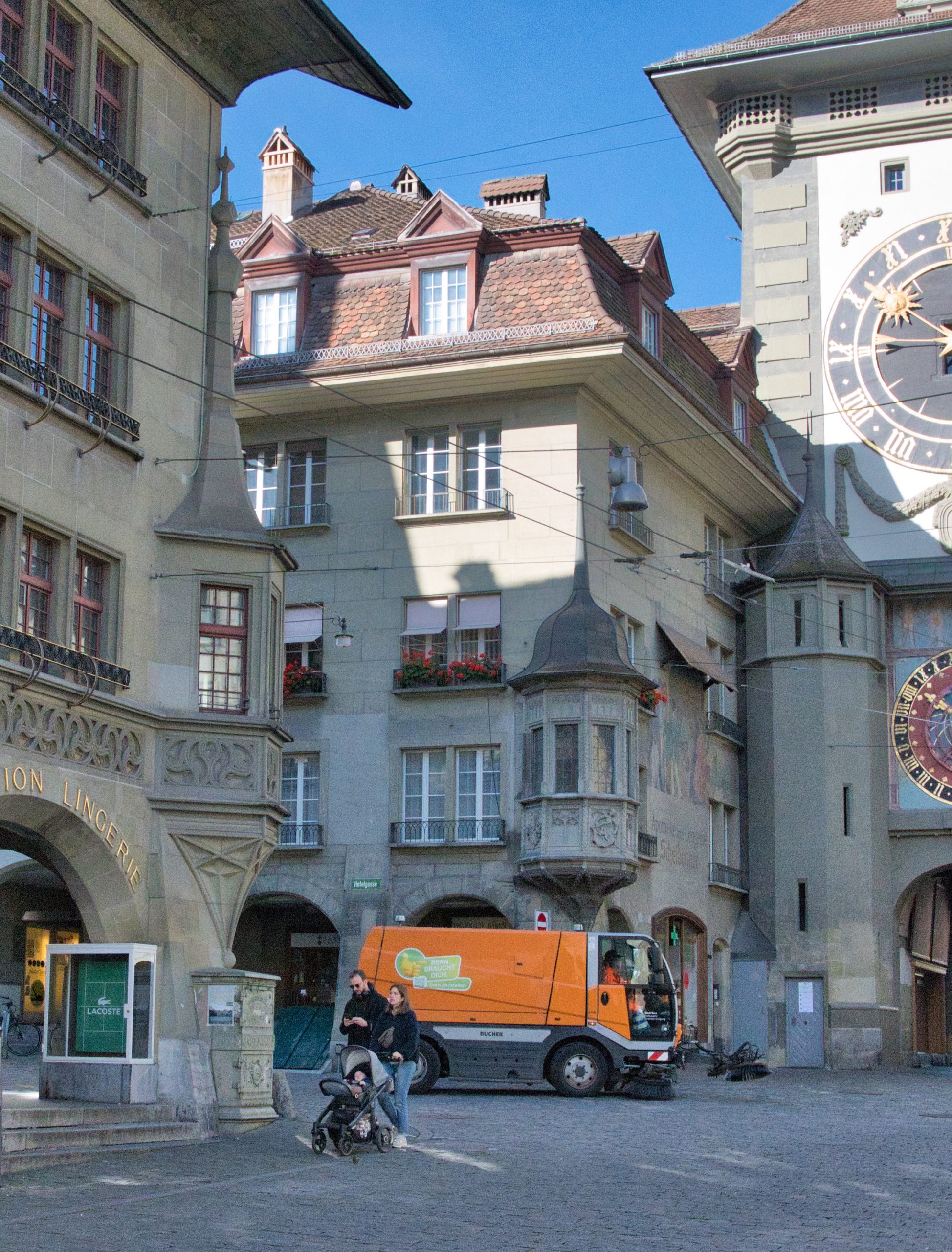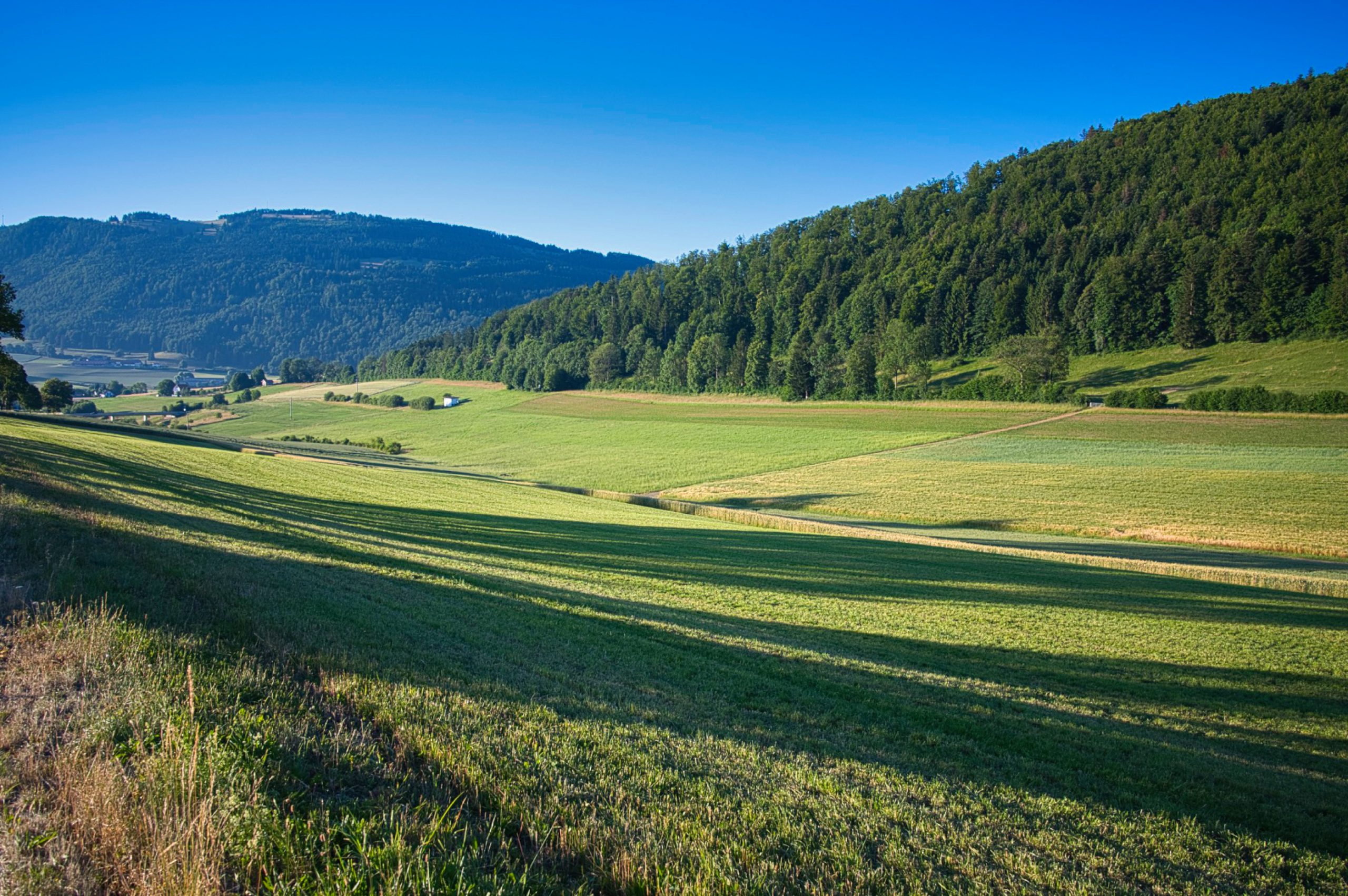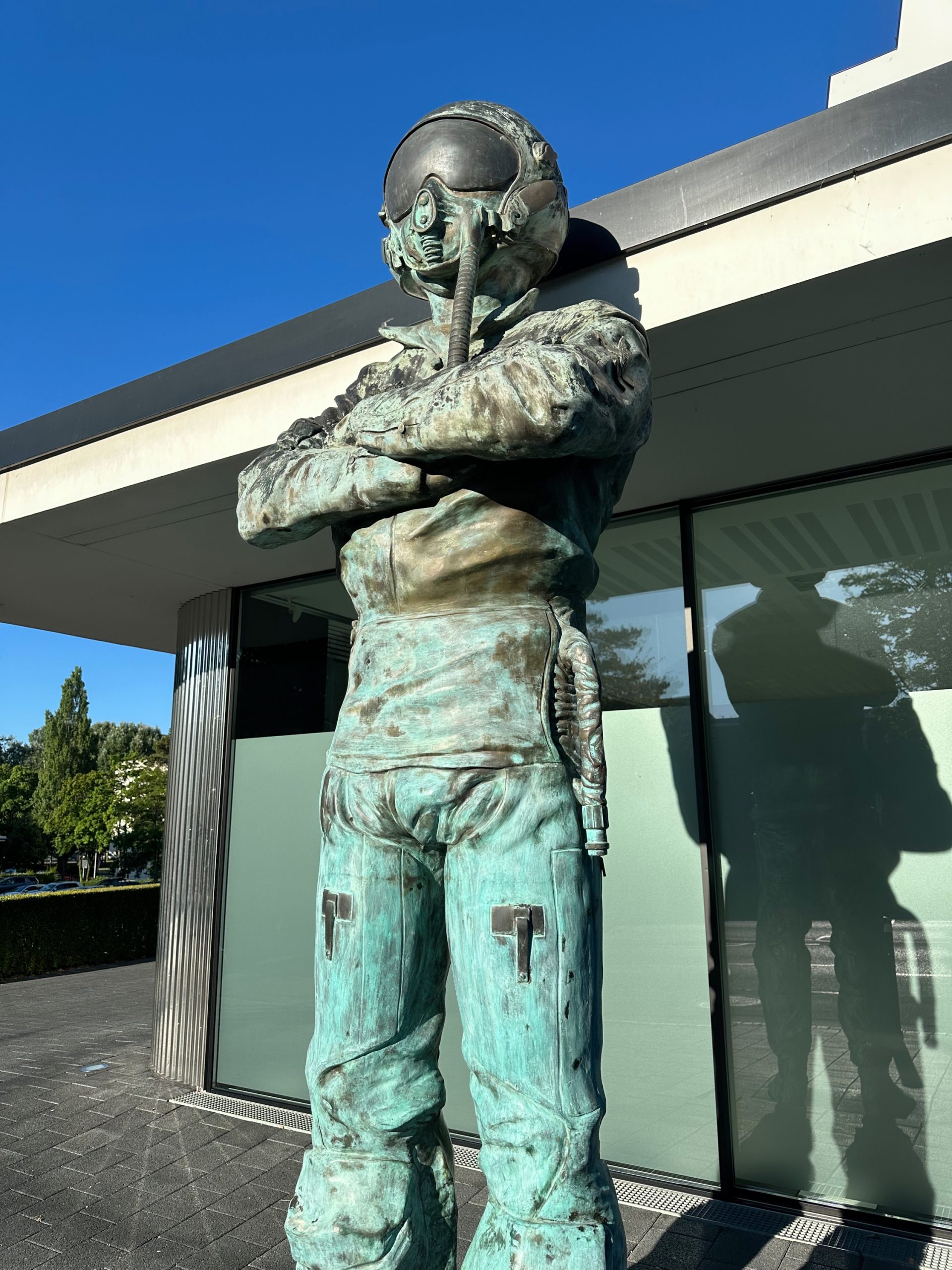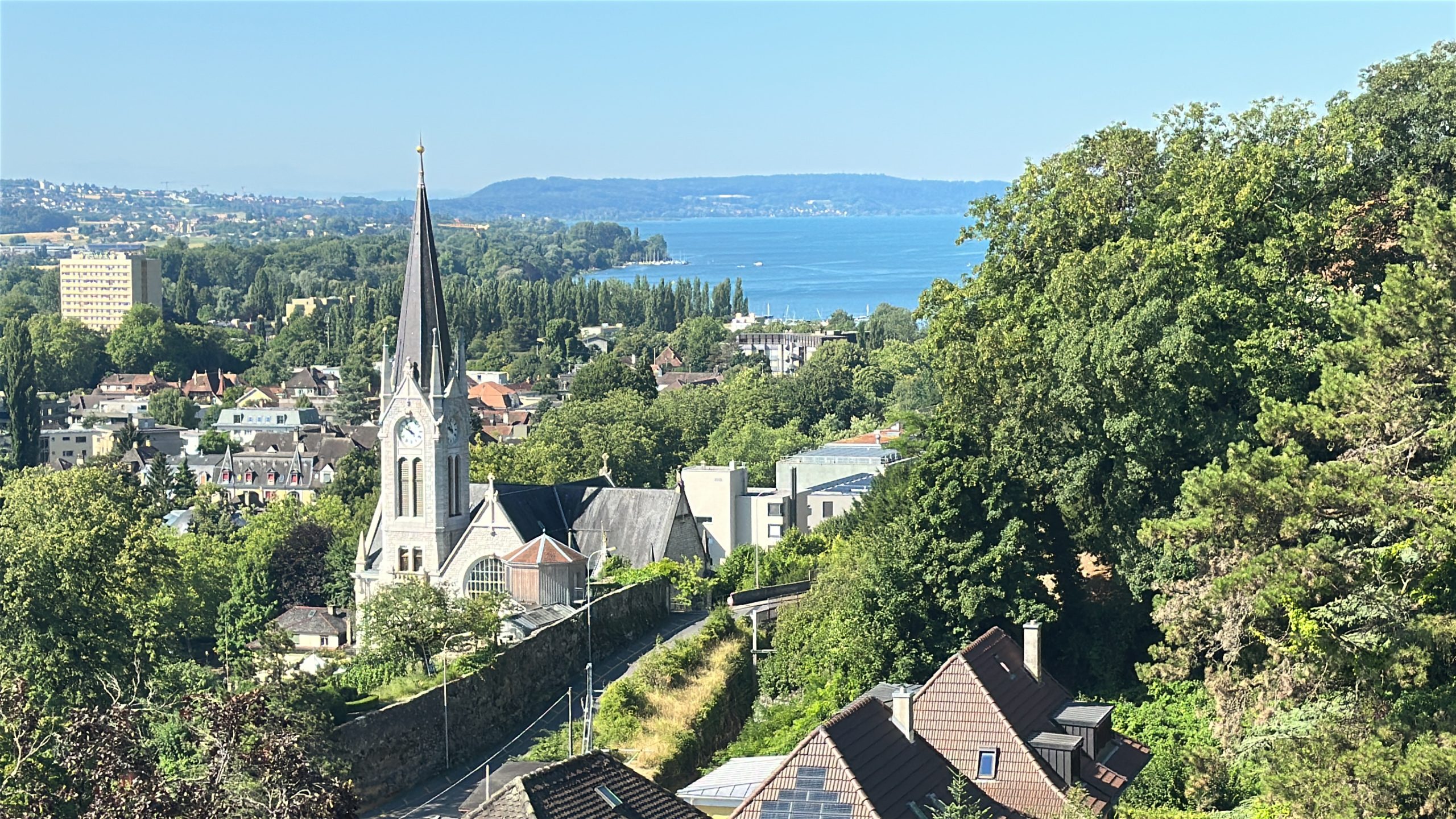Swiss and Switzerland
Centre Boujean
Rolex Trees – 2
Sleeping Trees in Bern
Rolex Trees
Alte Papierfabrik Biberist – 2
Alte Papierfabrik Biberist
ChatGPT had the following to say about this place:
The paper factory in Biberist (just outside Solothurn) operated for over 150 years and supplied Switzerland with printing paper, packaging material, and later high-quality specialty papers. At its peak, it employed several hundred workers and shaped the entire region.
Shut down in 2011 — and slowly reborn
After the factory closed, the huge site didn’t vanish. Instead, it entered a long-term transformation into a new district for:
• guided industrial-heritage tours
• artist studios and creative spaces
• cultural events
• small tech and production companies
• exhibitions about the paper-making process
Visitors can now walk through parts of the old plant, see original machines, and get a sense of the enormous energy and water systems required to run a mill of this scale.
Bundeshaus
The water’s reflection in Soloturn
Heiliggeistkirche
Einsiedelei in der Verenaschlucht in Solothurn
ChatGPT had to say this about the place:
• It sits at the far end of the Verenaschlucht, a narrow, shaded gorge just outside Solothurn, known for its mossy bridges, water channels, and quiet hiking paths.
• The small complex includes the St. Verena Chapel, the St. Martin Chapel, and the hermit’s living quarters.
• For centuries, the site has maintained a tradition of having a resident hermit or caretaker — historically a religious hermit, today more of a spiritual custodian.
• Even now, one person still lives there, tending the site, ringing the bell, keeping candles lit, and caring for the visitors who come for reflection or prayer.
• The place blends nature and spirituality — water trickles through the gorge, candles flicker in the stone niches, and it feels almost outside of time.
The Swiss White House
Pfeifferbrunnen
To smoke or not to smoke – PERFECT SWISSNESS
When you think you have experienced life everywhere else, you need to move to Switzerland – because only by living here can you truly appreciate the MAGNIFICENCE of Switzerland.
And by Switzerland I really mean the Swiss culture: low-key, non-offending, non-judgemental, and above all: democratic.
So it was NO SURPRISE to me to find this sign about not smoking at the train station:
If you don’t speak German, then here is a translation:
“In order to improve the cleanliness and out of respect to the non-smokers, smoking at this train station is not allowed. This also includes smoking e-cigarettes. Smoking is only allowed by the ash containers.”
So there you have it. On just one sign: Smoking is not allowed. But . . . well . . . in case you smoke, it is allowed.
I think only by living here for a while in this AMAZING country will you come to know, understand, and LOVE this sign!
Bern
Bern
Then and Now – Bern – Zytglogge
Then and Now – Bern – Kirchenfeldbrücke
THEN, between 1914 – 1918
NOW
NOW, in color
COMMENTS:
What strikes me as amazing: Still two tramlines after 110 years – and still the cables that run laterally across the bridge. And although it is not obvious, a possible analogy with Covid. If this snap was taken in 1918 the Spanish Flu would be raging and killing zillions, so it could be many of the people shown here had the same kinds of feelings we felt with Covid in the beginning.
Then and Now – Bern – Zytglogge & Zähringerbrunnen Krammgasse
Then and Now – Bern – Vor dem Bundeshaus
THEN: Vor dem Bundeshaus, 01.01.1915
NOW:
And in color
COMMENTS:
Very nearly the same after around 115 years! The older lamppost was taller – it probably needed to illuminate more. And in the old photo you see a black metal attachment to the bottom of the wall. Since the doors are reset quite a distance I am assuming this is not a door stopper but a shit scraper, but probably officially called a show scraper (or in German, Schuhkratzer).
